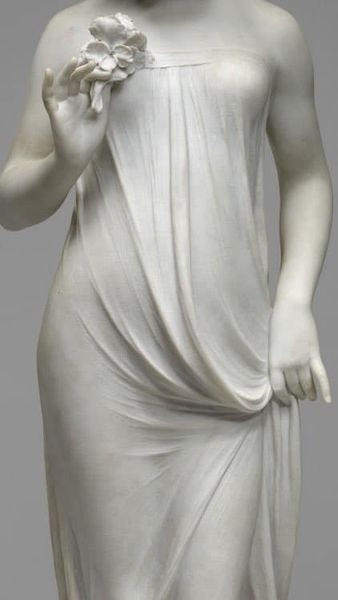In the realm of blossoms, few flowers can rival the sheer elegance and charm of the Ranunculus. Its delicate petals, vibrant hues, and intricate layers make it a beloved choice for floral arrangements and gardens worldwide. However, the story of the Ranunculus flower goes far beyond its aesthetic appeal. Join us on a captivating journey through history as we unveil the remarkable origins and cultural significance of this timeless floral beauty.
Botanical Beginnings
The Ranunculus genus, part of the Ranunculaceae family, is home to over 600 species, commonly known as buttercups. Originating in Asia and Europe, these blooms have enchanted humans for centuries. The name "Ranunculus" is derived from the Latin words "rana" (frog) and "unculus" (little), possibly referring to their preference for growing in damp, frog-friendly habitats. The Ranunculus' association with frogs may also be due to the wetland areas where they often thrive.

Ancient Symbolism
Throughout history, the Ranunculus has held various symbolic meanings. In ancient Greece, it was associated with the sun god, Apollo, and was seen as a symbol of radiant charm and beauty. Conversely, in medieval Europe, the flower was sometimes associated with ill omens and misfortune, as its sap was thought to cause skin irritation. Despite these contrasting beliefs, the Ranunculus remained a popular subject in art and literature.

Cultural Significance
The Ranunculus flower has left its mark on cultures around the world. In Persia, it symbolized a message of charm and attraction, making it a cherished gift among lovers. In the Victorian language of flowers, the Ranunculus conveyed messages of radiance and charm, allowing people to express their feelings discreetly through floral arrangements. Its intricate petals and vibrant colors have made it a favorite in bridal bouquets, representing the essence of a happy union.

Gardening and Varieties
The allure of Ranunculus extends to the realm of gardening. Over time, numerous cultivars and varieties have been developed, each boasting its unique colors and petal formations. The Persian buttercup (Ranunculus asiaticus) is perhaps the most famous and widely cultivated species. Its vibrant reds, pinks, yellows, and oranges adorn gardens in early spring. To cultivate Ranunculus successfully, well-drained soil and moderate sunlight are essential, making it a favorite among gardeners and florists alike.

Modern Appreciation
In the contemporary world, the Ranunculus flower continues to captivate hearts and inspire creativity. Its versatility in floral arrangements, its role in wedding bouquets, and its ability to bring cheer to any garden have solidified its place in modern horticulture. As garden enthusiasts and floral artists continue to experiment with new colors and patterns, the Ranunculus remains a timeless favorite.

The Ranunculus flower's history is a tapestry woven with threads of cultural significance, botanical exploration, and timeless charm. From its ancient symbolism in Greece to its role as a contemporary floral icon, the Ranunculus continues to enchant us with its beauty and versatility. As you admire this exquisite bloom in gardens and floral arrangements, take a moment to appreciate the centuries of admiration and affection that have shaped its legacy. The Ranunculus flower stands as a testament to nature's artistry and its enduring ability to inspire.






